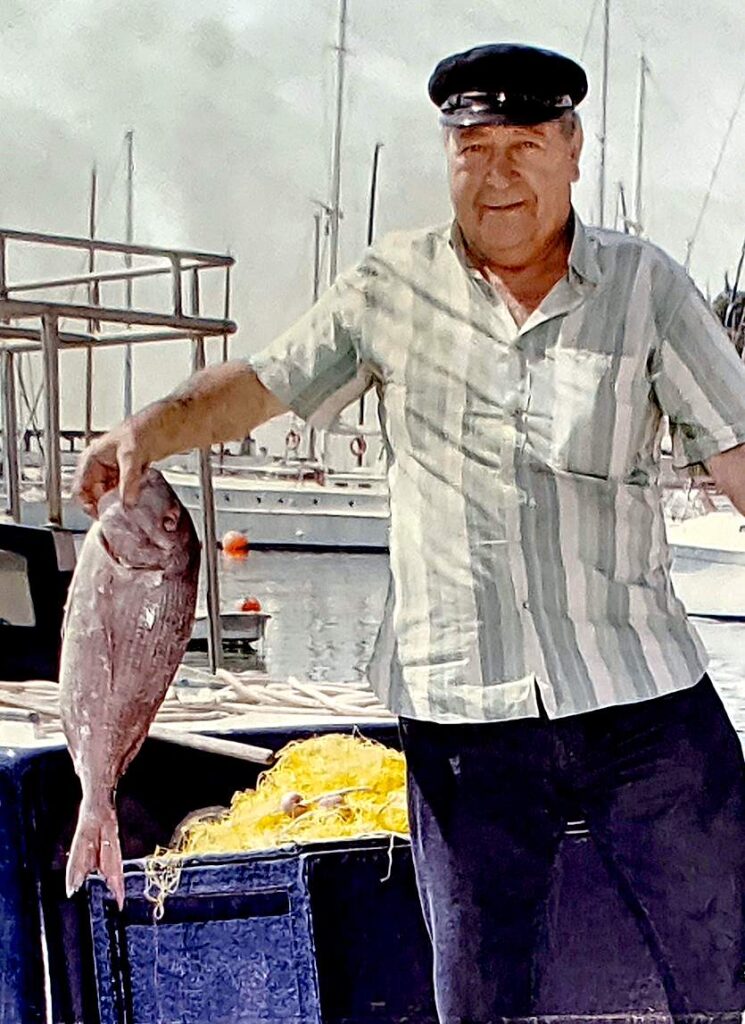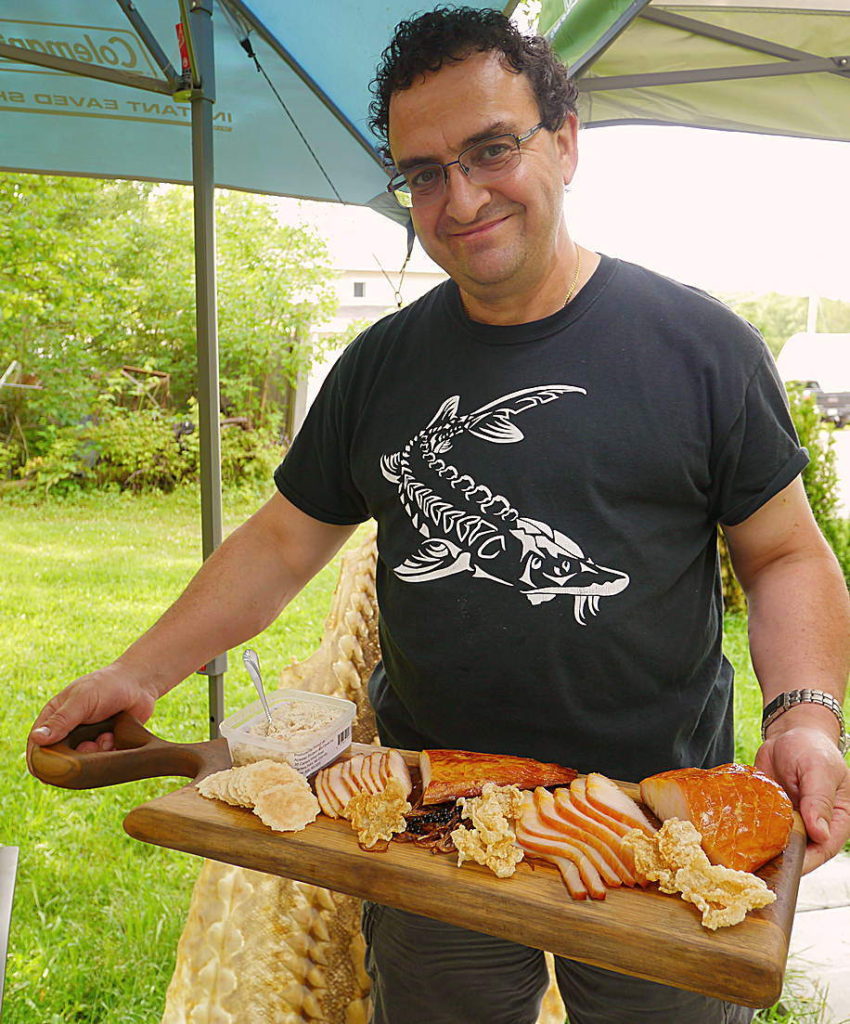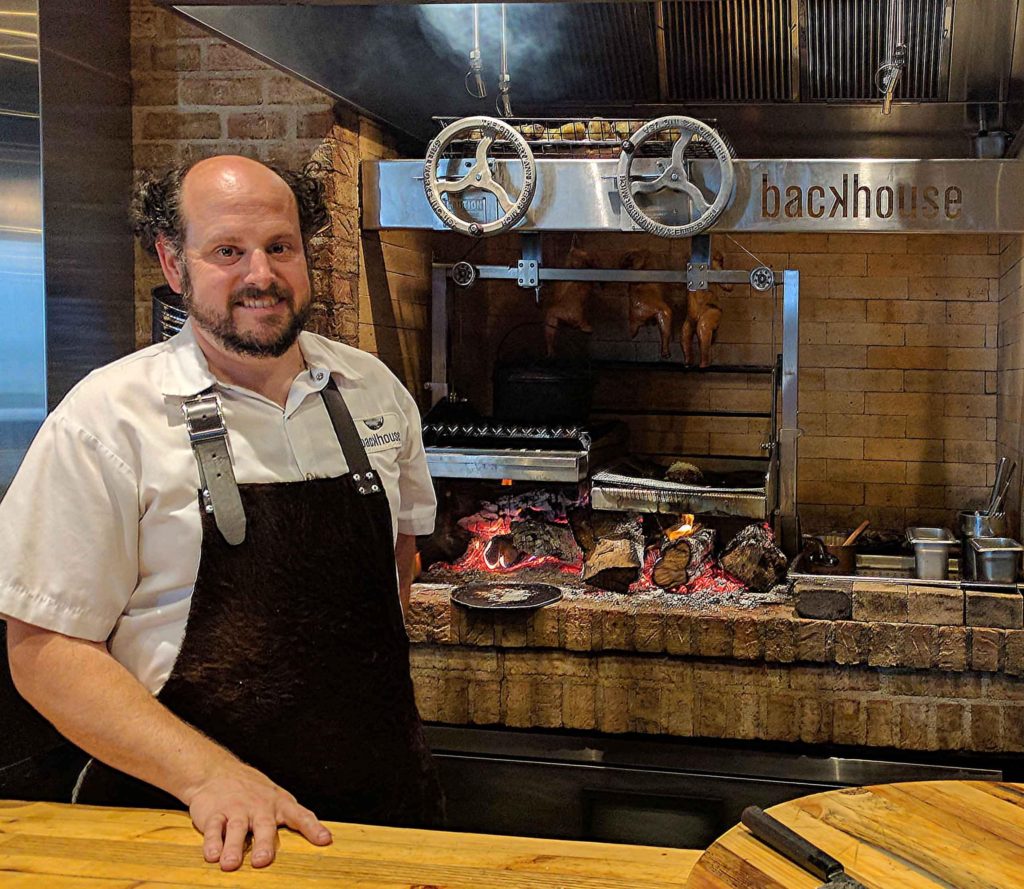
Branzino on the Weber—that’s Greek for fish
Greeks consume about 43 pounds of fish per capita every year, roughly comparable to American consumption. The main difference is that Americans eat a lot of fried fish (calamari, clams, popcorn shrimp, fish filet sandwiches) and Greeks who can afford it favor fin fish. Part of making fish affordable is sustainable aquaculture. Greek aquaculture produces almost all of the world's supply of branzino. The European sea bass, which the French call loup de mer is also a restaurant staple from New York to San Francisco. It's the fish you'll probably get in Athens when you order whole fish—unless you get gilthead bream, another farmed fish. Above, the photo shows grilled seabream from a little street cafe just down Veikou from our rental apartment. It's simply...Read More



